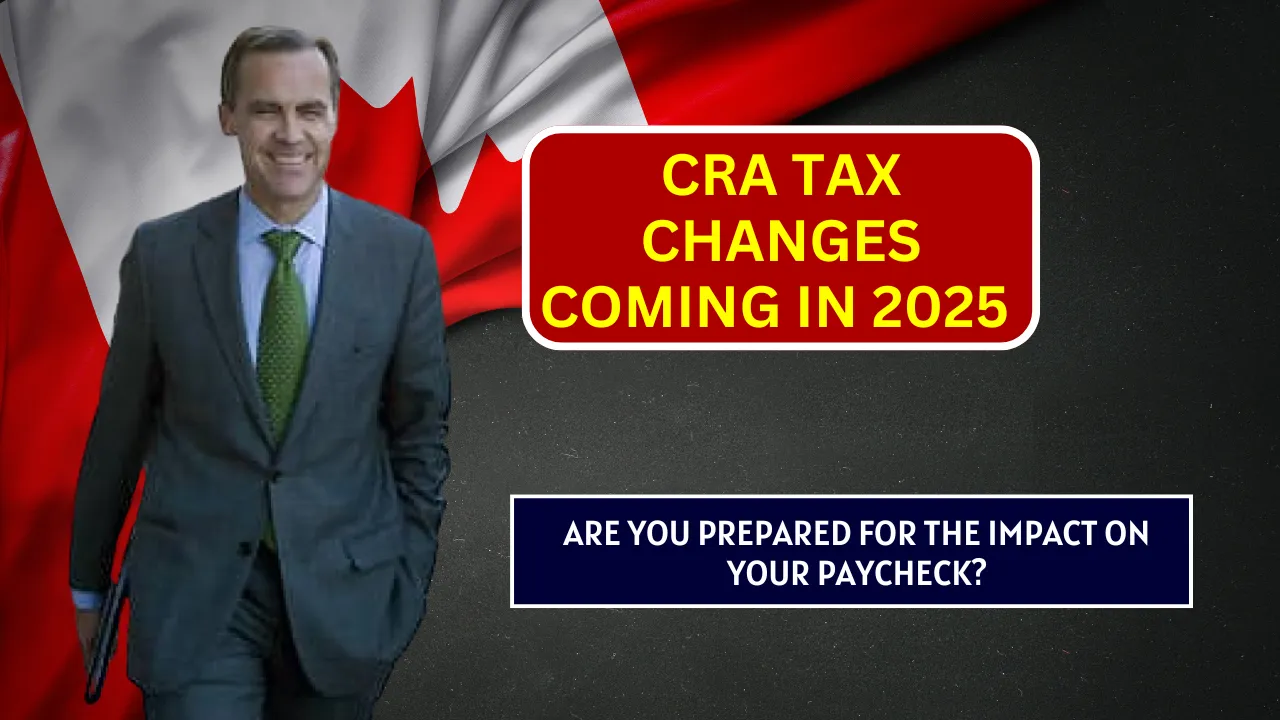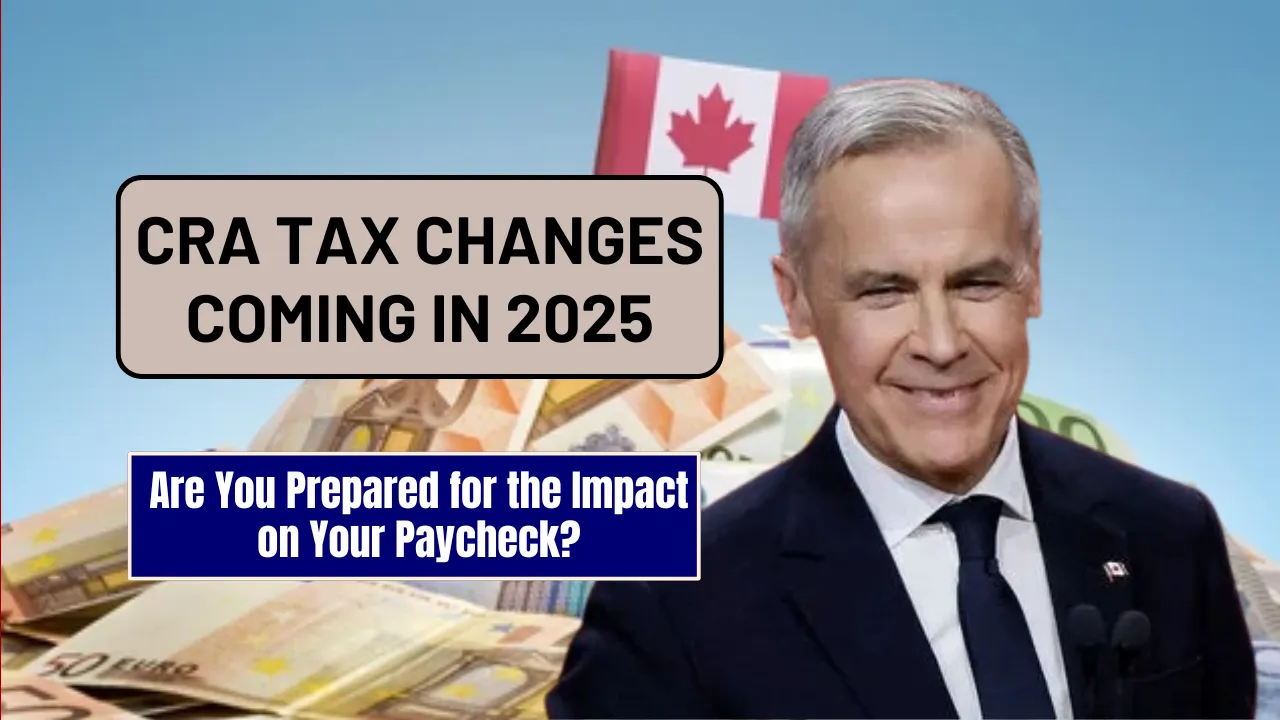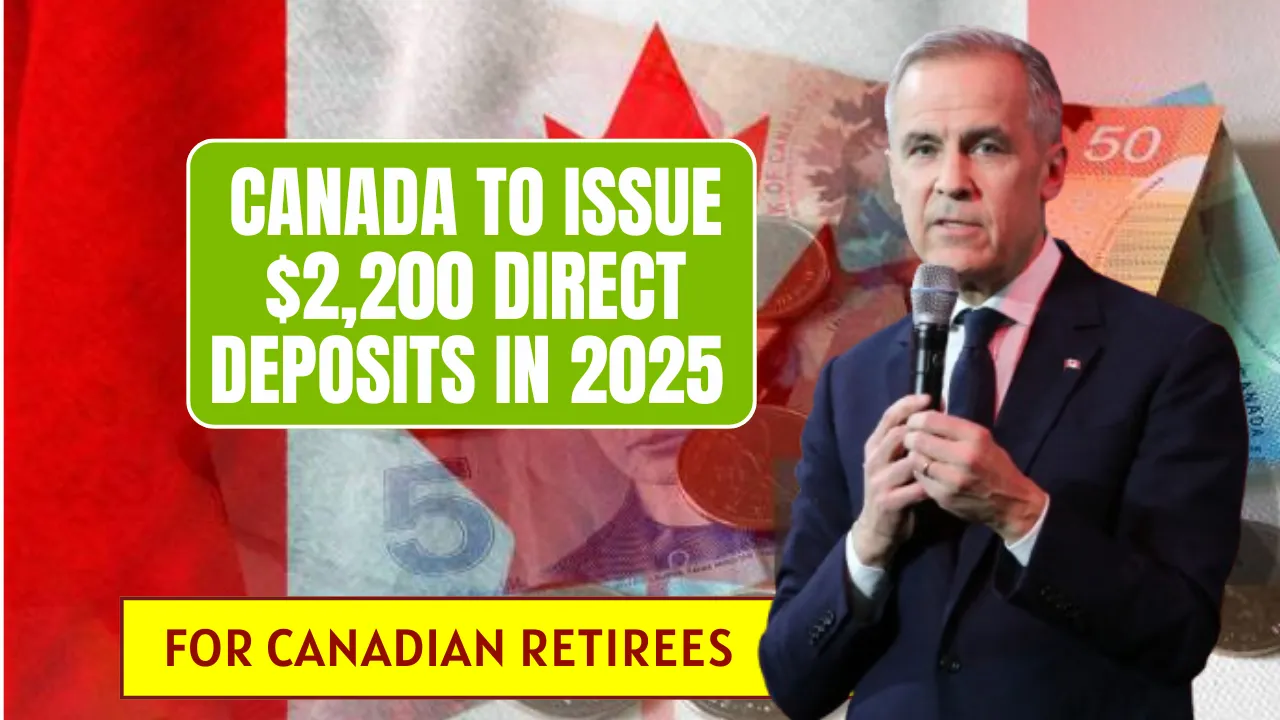CRA Tax Changes Coming in 2025: Canada’s tax system is getting a significant update in 2025, affecting refunds, deductions, and take-home pay across the board. Whether you’re an employee, entrepreneur, or handle payroll for others, these modifications—especially to income brackets, CPP contributions, and capital gains—could affect your monthly budget and long-term planning. Knowing what’s changing can help you adapt and stay ahead.
The CRA Tax Changes 2025 include inflation-adjusted federal tax brackets, enhanced CPP tiers, province-specific updates, and a looming capital gains inclusion increase in mid-2026. This article will explain how these changes work, who will feel the impact, and steps you can take now to minimize surprises in your paycheck.
CRA Tax Changes 2025
The CRA Tax Changes 2025 are expected to influence not only how much Canadians take home each month, but also how they plan for future income, savings, and investments. From salary earners noticing higher CPP deductions to investors preparing for a steeper capital gains tax, these adjustments bring a mix of immediate and long-term consequences. Even subtle shifts in the federal tax brackets or personal amounts can affect your total tax liability. By understanding how each component of the CRA’s 2025 updates applies to your situation, you can avoid overpaying taxes and make smarter financial decisions before year-end deadlines.
CRA Tax Changes 2025 Overview Table
Here’s a snapshot of all the major tax changes heading your way in 2025:
| Area | Change |
| Federal tax brackets | Adjusted upward ~2.7% for inflation; new ceiling at $253,414 for top 33% rate |
| Basic Personal Amount | Increased to $16,129 (phased down to $14,538 for high earners) |
| CPP contributions | New second tier: 4% on $71,300–$81,200 (8% for self-employed) |
| Manitoba BPA | Reduced for earners $200k–$400k, eliminated over $400k |
| Nova Scotia brackets | Indexed to inflation |
| PEI BPA | Increased from $13,500 to $14,250 |
| Capital gains | Inclusion rate rises to 66.67% on incomes above $250k (for corps/trusts) |
| Interest start date | Capital gains change effective June 1, 2026 |
Federal Changes
Your federal tax rates are rising with inflation in 2025. Brackets now begin at:
- 15%: up to $57,375
- 20.5%: $57,376–$114,750
- 26%: $114,751–$177,882
- 29%: $177,883–$253,414
- 33%: above $253,414
To shield modest-income Canadians, the Basic Personal Amount (BPA) grew to $16,129, though it tapers to $14,538 for top earners. This prevents creeping into higher tax rates simply because of inflation.
CPP Enhancements
January 2025 brings a boost to your Canada Pension Plan contributions and future benefits. Introducing a second tier:
- CPP1 (up to $71,300): employee pays 5.95%, self-employed double at 11.90%
- CPP2 ($71,300–$81,200): employees pay 4%, self-employed 8%
This extra contribution is meant to boost retirement income for middle- to higher-income workers. While you’ll see a small dip now, your pension benefits will increase later.
Provincial Updates
On top of federal changes, some provinces are updating tax rules:
- Manitoba: High-income earners (between $200k–$400k) lose part of their BPA, eliminated above $400k—means higher net provincial tax.
- Nova Scotia: Introduced automatic inflation indexing for both brackets and credit thresholds—preventing unintentional tax jumps.
- Prince Edward Island: Raised BPA from $13,500 to $14,250 and adjusted brackets to align with inflation—slightly easing the burden on middle-income households.
Capital Gains Adjustments
Though set to take effect June 1, 2026, this signal demands early preparation. The major change? The capital gains inclusion rate will increase:
- Individuals: Gains over $250,000 annually taxed at 66.67% (first $250k still at 50%)
- Corporations and trusts: All capital gains subject to 66.67%
This change means selling high-value investments or real estate could trigger much higher taxes—plan now to spread gains or use tax-efficient tools like RRSPs or TFSAs.
Actions You Should Take Now
- Check your recent pay stub: Confirm higher CPP deductions or slight changes in withholding starting June 2025.
- Use the CRA Payroll Deductions Online Calculator: Ensure payroll systems or personal budgets are updated.
- Plan capital gains with your advisor: Consider partial selling before June 1, 2026, or spreading gains over years to stay below the $250k threshold.
- Review retirement contributions: With more CPP incoming, adjust RRSP and TFSA strategies for future tax planning.
- Update payroll systems: Employers need to ensure their software applies inflation-adjusted brackets and new CPP tiers by June 2025.
FAQs
What is the new top federal tax rate?
33% for incomes above $253,414 as of 2025.
When do the new CPP rules start?
The updated CPP contribution tiers apply starting January 1, 2025.
What does YAMPE mean?
It’s the new upper earnings limit ($81,200) used to calculate the second CPP tier (CPP2).
Who pays the 66.67% gain inclusion rate?
Individuals with annual capital gains over $250k, and all corporations and trusts holding significant assets.
How can I reduce capital gains tax?
Spread asset sales over multiple years, or make use of tax-sheltered accounts such as RRSPs and TFSAs.
Final Thought
The changes from the CRA Tax Changes 2025 package are more than just adjustments—they represent a proactive effort to help Canadians deal with rising costs while securing future retirement funding. For many, they will mean higher CPP contributions now but better payouts later. And anyone dealing in high-value sales needs to rethink capital gains timing.
Planning is key: review your pay stub, update your tax software, talk to financial advisors, and use tax-efficient strategies to smooth out impacts. Updates like these only matter if you act on them.
Let us know in the comments how these changes affect your finances—or share this article with friends and family. Staying informed today can mean big wins tomorrow.












